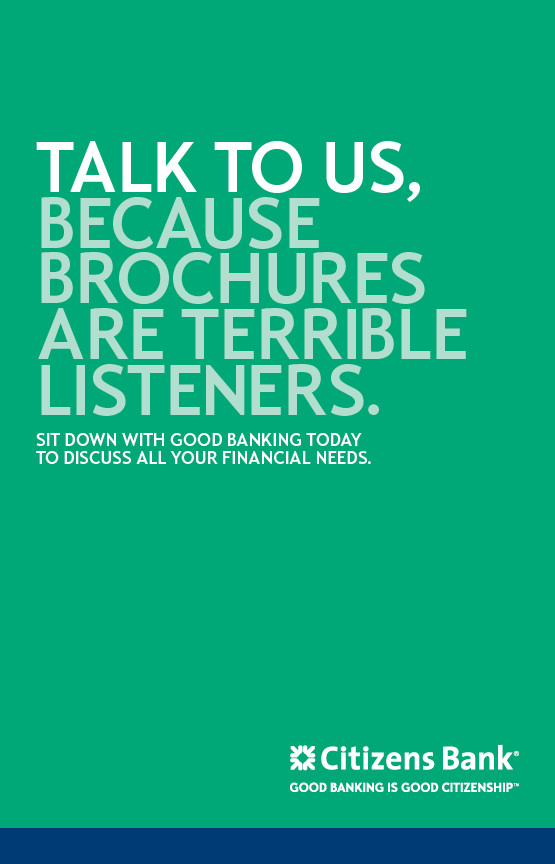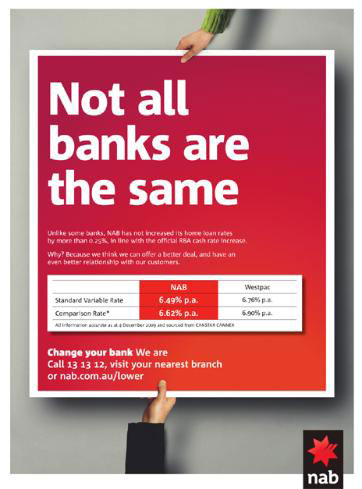In the vast ocean of commerce, businesses set sail with the hope of smooth transactions, but for some, the journey becomes turbulent due to the classification of being high-risk merchants. In this article, we explore the challenges faced by businesses in accepting card payments when labeled as high-risk and the strategies they employ to navigate these rough waters.
Understanding High-Risk Merchant Classifications
 The designation of a high-risk merchant arises from various factors, such as a higher likelihood of chargebacks, legal complexities within the industry, or operating in sectors deemed prone to fraud. Unfortunately, this label can make the journey of accepting card payments a challenging endeavor. For example, Tobacco Payment Processing faces the uphill battle of being classified as a high-risk merchant due to the nature of its industry. The heightened regulatory scrutiny, potential legal intricacies, and the increased likelihood of chargebacks create a complex landscape for businesses involved in the sale of tobacco products.
The designation of a high-risk merchant arises from various factors, such as a higher likelihood of chargebacks, legal complexities within the industry, or operating in sectors deemed prone to fraud. Unfortunately, this label can make the journey of accepting card payments a challenging endeavor. For example, Tobacco Payment Processing faces the uphill battle of being classified as a high-risk merchant due to the nature of its industry. The heightened regulatory scrutiny, potential legal intricacies, and the increased likelihood of chargebacks create a complex landscape for businesses involved in the sale of tobacco products.
The Impact on Card Acceptance
High-risk classifications cast a shadow over the card acceptance process for businesses. Financial institutions, wary of potential risks, may hesitate to provide traditional merchant accounts. This reluctance can lead to limited access to card payment processing services, hindering the ability of high-risk businesses to conduct transactions seamlessly.
Strategies Employed by High-Risk Businesses
Specialized High-Risk Merchant Services
High-risk businesses often turn to specialized high-risk merchant service providers. These entities understand the intricacies of high-risk industries, offering tailored solutions that accommodate the unique challenges these businesses face. By partnering with such providers, high-risk merchants gain access to payment processing services designed to meet their specific needs.
Mitigate Chargeback Risks
Chargebacks are a common concern for high-risk merchants, and managing them effectively becomes paramount. Implementing robust measures to minimize chargeback occurrences, such as clear communication with customers, transparent billing practices, and proactive dispute resolution, is crucial in maintaining a positive relationship with payment processors.

Alternative Payment Methods
Diversification becomes a key strategy for high-risk businesses. Exploring alternative payment methods, such as digital wallets, cryptocurrencies, and other innovative solutions, offers an avenue to conduct transactions outside the traditional card payment framework. This not only expands payment options but also reduces reliance on conventional banking channels.
Build Trust and Transparency
High-risk merchants actively work to build trust and transparency with both customers and payment processors. Clear communication about products or services, transparent billing practices, and adherence to ethical business standards contribute to fostering trust. Establishing a positive reputation becomes a valuable asset in negotiating favorable terms with payment service providers.

In Conclusion
The struggle for card acceptance in the realm of high-risk merchant classifications is undeniably challenging, but it’s a journey that businesses can navigate with resilience and strategic planning. By embracing specialized high-risk merchant services, implementing effective chargeback management strategies, exploring alternative payment methods, and prioritizing transparency, high-risk businesses can sail through the challenges and create smoother waters for card acceptance.



